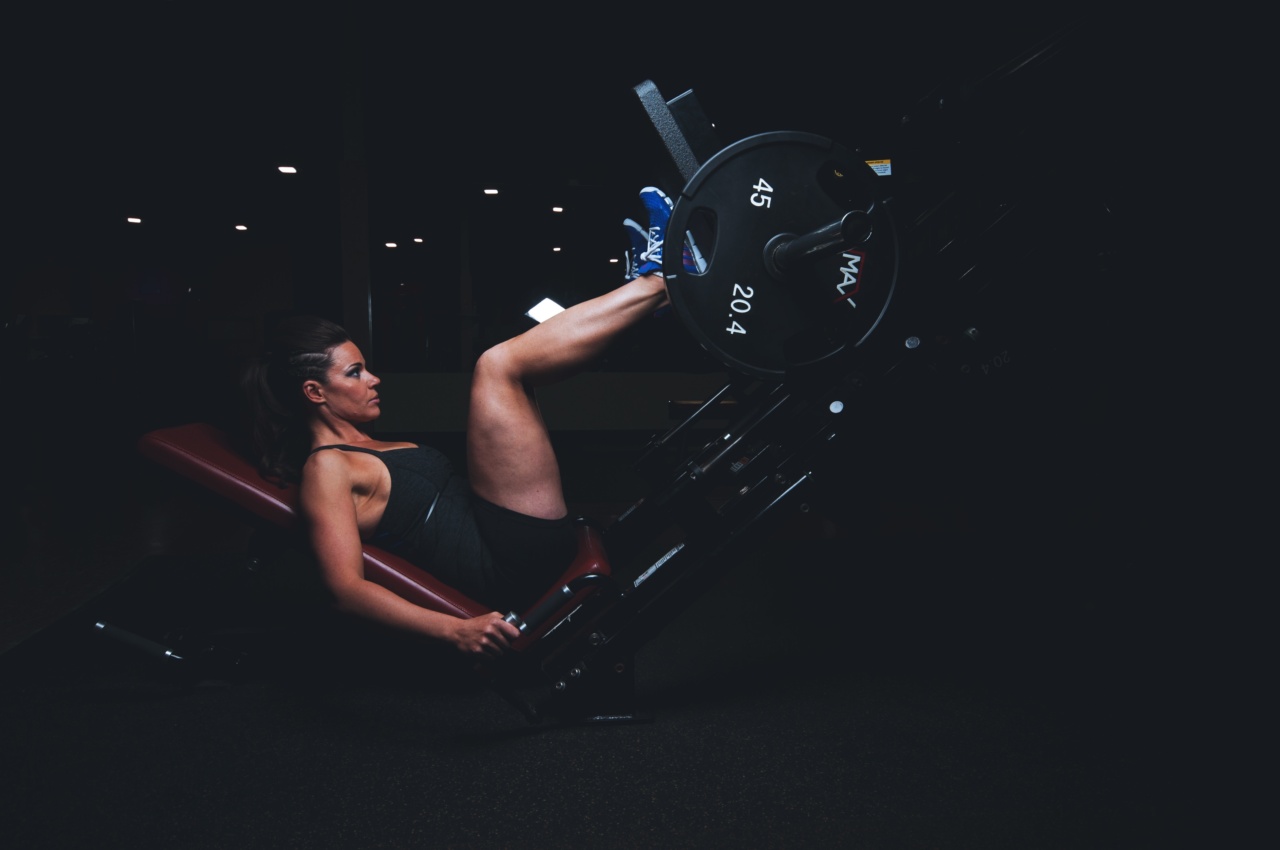Exercise is an essential part of a healthy lifestyle. Whether you enjoy running, lifting weights, practicing yoga, or playing sports, physical activity has numerous benefits for both your body and mind.
One of the many ways exercise helps your body is by making you sweat. Sweating is a natural process that helps regulate your body temperature and expel toxins. In this article, we will explore how exercise promotes sweat production and why it is beneficial for your overall well-being.
The Science Behind Sweating
Sweat, also known as perspiration, is a clear fluid secreted by the sweat glands present all over your body. These glands are most abundant on the palms of your hands, the soles of your feet, and your forehead.
Sweat is primarily composed of water, but it also contains small amounts of minerals like sodium, potassium, and calcium.
The primary function of sweating is to regulate your body temperature. When your body temperature rises due to factors such as physical exertion, exposure to heat, or fever, sweat glands are activated to cool you down.
As the sweat evaporates from your skin, it takes away heat, providing a cooling effect. This mechanism helps maintain your body temperature within a narrow range, preventing overheating.
Besides regulating body temperature, sweating also plays a role in excretion. Sweat helps eliminate certain metabolic waste products like urea, ammonia, and lactic acid. It also assists in detoxification by flushing out toxins from your body.
How Exercise Triggers Sweat
Physical exercise is a powerful trigger for sweating. When you engage in exercise, several factors come into play that increases your body temperature, activating your sweat glands.
Increased Metabolic Rate
During exercise, your metabolic rate significantly increases. Metabolism refers to the complex set of chemical reactions that occur in your body to sustain life. This increase in metabolic rate leads to an increase in heat production.
As your body temperature rises, your sweat glands respond by secreting sweat to cool you down.
Cardiovascular Response
Exercise involves increased blood circulation as your heart pumps more blood to deliver oxygen and nutrients to your working muscles. This increased blood flow also helps transport heat from your muscles to your skin’s surface.
Once the blood reaches the skin, sweat glands release sweat onto the surface, where it evaporates and cools you down.
Environmental Conditions
The environment in which you exercise can also influence your sweat production. If you exercise in a hot and humid environment, your body will have a harder time dissipating heat.
As a result, your sweat glands will be more active to compensate for the reduced efficiency of heat loss.
Types of Exercise and Sweat
The type and intensity of exercise can affect the amount of sweat you produce. Different forms of exercise activate your sweat glands to varying degrees. Here are a few examples:.
Aerobic Exercise
Aerobic exercise, such as running, cycling, or swimming, increases your heart rate and breathing. These activities typically involve large muscle groups and prolonged periods of moderate to high-intensity exertion.
As a result, aerobic exercise stimulates sweat production, aiding in cooling your body down during exertion.
Strength Training
Strength training exercises, including weightlifting or resistance training, may not initially cause as much sweating as aerobic exercise.
However, as you perform multiple repetitions or lift heavier weights, your body temperature rises, and sweat production increases to cool you down. Additionally, strength training activates different sweat glands in your body, leading to localized sweating in areas like your underarms or back.
Hot Yoga
Hot yoga, also known as Bikram yoga, is practiced in a heated room with temperatures ranging from 95°F to 105°F (35°C to 40°C) and high humidity. The combination of intense yoga poses and the hot environment results in profuse sweating.
Sweating in hot yoga helps increase flexibility, stimulates detoxification, and promotes a sense of relaxation.
Benefits of Sweating
Sweating during exercise offers several benefits beyond just cooling your body down. Let’s explore some of the advantages:.
Detoxification
As mentioned earlier, sweat contains trace amounts of toxins and metabolic waste products. By sweating during exercise, you can assist your body in eliminating these toxins and promote detoxification.
Regular sweating through exercise can improve your overall skin health and contribute to a clearer complexion.
Improved Athletic Performance
Regular exercise and sweating can enhance your athletic performance. Sweating helps cool your body, preventing overheating during intense physical activity.
When your body is effectively cooled, your muscles can perform optimally without the risk of fatigue or heat-related injuries.
Weight Loss and Weight Management
Sweating does not directly burn fat, but it can contribute to weight loss and weight management. When you sweat, you lose water weight temporarily. However, this water weight loss is quickly regained once you rehydrate.
Sweating during exercise is more beneficial in conjunction with a balanced diet and regular physical activity, as it helps create a calorie deficit, leading to long-term weight loss and weight management.
Stress Relief and Mood Enhancement
Exercise-induced sweating triggers the release of endorphins, often referred to as “feel-good” hormones. Endorphins act as natural painkillers and mood enhancers, helping reduce stress, anxiety, and depression.
Sweating during exercise, therefore, not only benefits your physical health but also has a positive impact on your mental well-being.
Improved Skin Health
Sweating promotes healthy skin by unclogging pores and accelerating the removal of dead skin cells.
When sweat is released onto your skin’s surface, it helps flush out dirt, bacteria, and pollutants that can otherwise cause acne, breakouts, or other skin issues.
Conclusion
Sweating is a natural and vital bodily function, especially during exercise. It helps regulate your body temperature, eliminate toxins, and offer various health benefits.
Whether you enjoy a good cardio workout or prefer strength training, sweating is a sign that your body is working hard and reaping the rewards. So, next time you break a sweat during your exercise routine, embrace it and know that your body is thanking you for it.





























